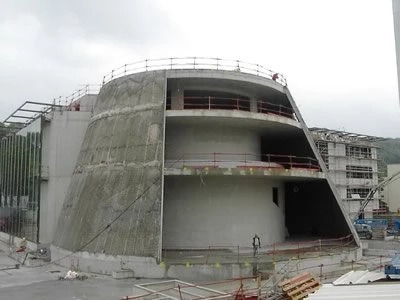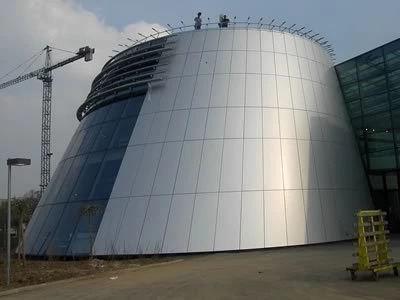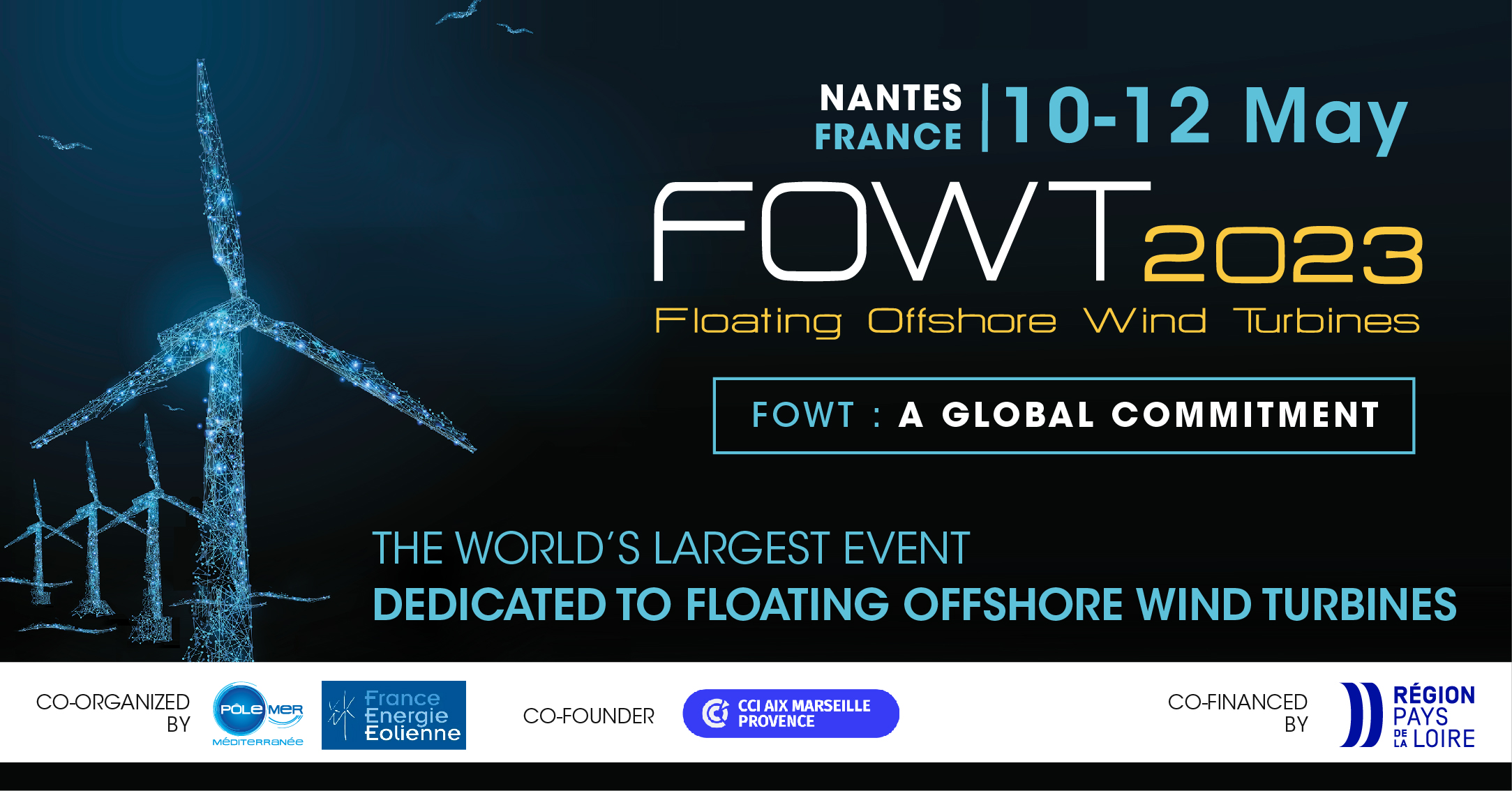Feedback on 3DR® Formwork: Eric TRICHET, Chantier MERCEDES
Eric TRICHET, from the MERCEDES construction site, answers our questions.
1. What were the competing systems for the construction of the cone?
We had several alternatives for the construction of this fairly complex structure:
Sprayed concrete,
Traditional formwork,
Precast walls,
3DR formwork structure.
2. Why did you choose the 3DR formwork?
Two points were essential to respect:
Cost: According to several studies on the different systems, it turned out that sprayed concrete posed problems in the laying of the metal reinforcement. Additionally, for a necessary sprayed concrete thickness of more than 15 cm, the product loss leads to significant additional costs. Traditional formwork required expensive tools and significant adjustments. Precast walls certainly provided a gain in filling concrete due to the thickness of their pre-slabs, but filling could only be done in increments of 1m00 maximum. Therefore, considering the project as a whole, the most realistic solution was the 3DR formwork structure, which also had the advantage of flexibility.
Time: We were limited in time for this project, with the high slab having to be delivered as soon as possible. The 3DR formwork structure allowed us to consider the walls only as coverings. Additionally, due to the conical and off-center architecture of the structure, the placement of the formwork panels required rapid adjustment of the panels to each other and connection to the intermediate slabs.
The 3DR formwork structure also provided easy organization of the site, as it is a portable product that does not require removal. It is managed like a precast wall, like a covering, which met the project’s requirements.
Furthermore, in terms of delivery, unlike precast walls that require delicate piece-by-piece unloading by crane and specific rack storage, the 3DR formwork structure, which is easier and lighter, does not present unloading and storage problems, which is particularly sensitive on a project with tight deadlines.
3. Did the 3DR meet your expectations?
I am satisfied with the product because it was able to adapt well to the complexity of the project, even until the last moment (we had to switch from ST20 to ST40 very quickly!).
In the end, the 3DR formwork structure respected the shape of the off-center cone and the pouring requirements.
In summary, we could not have done better with other systems.
4. What are the areas for improvement?
There are a few minor improvements to be made to the product, particularly in terms of overlaps. But given the shape of the project, we expected complications at the junction of the panels. It would also be necessary to facilitate the temporary holding of the panels by incorporating fastening elements for the tie rods into the cages.
In general, 3DR is a new product that requires a learning phase for the placement of the panels, but training proved to be simple and quick for the workers.
5. Is this a system that you would use again?
I think the 3DR formwork structure is very suitable for complex projects, and this system has a certain future for rehabilitation projects. Additionally, on this project, the architect is now satisfied, even though he was initially hesitant to use a new product.






